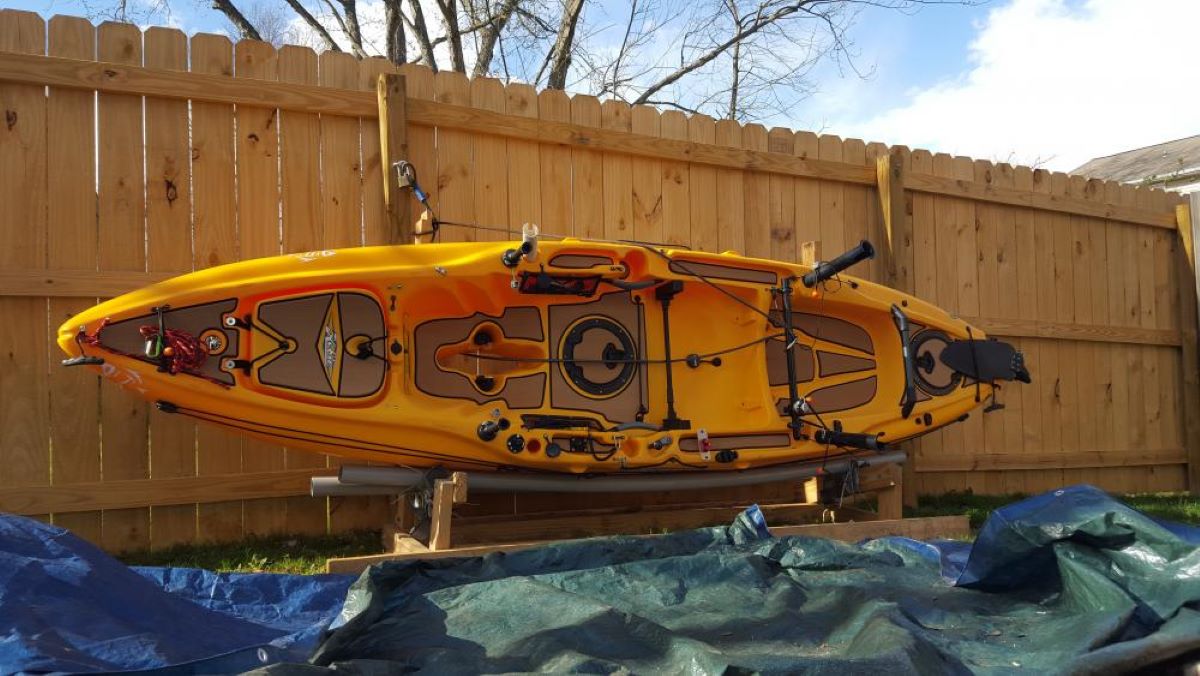

Articles
How To Store A Hobie Kayak
Modified: October 28, 2024
Learn the best methods and tips for storing your Hobie kayak in this informative article. Discover how to keep your kayak safe and in optimal condition.
(Many of the links in this article redirect to a specific reviewed product. Your purchase of these products through affiliate links helps to generate commission for Storables.com, at no extra cost. Learn more)
Introduction
Whether you’re a seasoned kayaker or a beginner, properly storing your Hobie Kayak is essential to maintain its longevity and performance. When not in use, your kayak needs a safe and suitable storage location to protect it from elements and potential damage. In this article, we will guide you through the step-by-step process of storing your Hobie Kayak to ensure its safety and longevity.
Storing a Hobie Kayak involves a few key steps, including choosing the right storage location, cleaning the kayak, removing and storing accessories, securing the kayak, covering it for added protection, and maintaining it regularly. By following these steps, you’ll be able to store your Hobie Kayak properly and enjoy it for years to come.
Let’s dive into the details of each step.
Key Takeaways:
- Properly storing your Hobie Kayak involves choosing the right storage location, cleaning, removing accessories, securing, covering, and regular maintenance. By following these steps, you can ensure your kayak’s longevity and optimal performance.
- Prioritize a suitable storage location, clean and dry your kayak thoroughly, remove and store accessories separately, secure the kayak using straps or bungee cords, cover it with a high-quality cover, and perform regular maintenance to keep it in optimal condition.
Read more: How To Store A Kayak
Step 1: Choosing the Right Storage Location
When it comes to storing your Hobie Kayak, selecting the right storage location is crucial. Ideally, you want a space that is dry, well-ventilated, and protected from extreme temperatures. Here are a few factors to consider when choosing a storage location:
- Indoor or Outdoor: If possible, it is best to store your kayak indoors. A garage, basement, or storage shed can provide better protection from the elements and help prevent damage from sun exposure and moisture. However, if indoor storage is not feasible, you can opt for outdoor storage but ensure it is covered with a high-quality kayak cover.
- Space: Choose a storage location that provides enough space to accommodate your kayak. Ensure that there is ample room for maneuvering it in and out without any obstructions. Additionally, consider the height clearance to prevent any potential damage to the kayak when moving it in and out of the storage area.
- Security: Select a storage area that offers good security measures. This can include a locked garage or a storage facility with surveillance cameras or access controls. This will help protect your kayak from theft or unauthorized access.
- Climate Control: Extreme temperatures can negatively impact the integrity of your kayak. If storing your kayak outdoors, choose a location that provides shade and protection from direct sunlight. Exposure to excessive heat or cold can cause the kayak’s materials to deteriorate over time. In indoor storage, ensure that the area is well-ventilated to prevent the buildup of moisture.
By taking the time to choose the right storage location for your Hobie Kayak, you can ensure that it remains in optimal condition and ready for your next adventure. Let’s move on to the next step: cleaning the kayak.
Step 2: Cleaning the Kayak
Before storing your Hobie Kayak, it is crucial to give it a thorough cleaning to remove any dirt, grime, or saltwater residue that may have accumulated during your paddling adventures. Cleaning your kayak will not only keep it looking its best but also prevent any damage or deterioration over time. Here’s how to clean your kayak:
- Rinse with fresh water: Start by rinsing the kayak with fresh water. Use a hose or a bucket of water to remove any loose dirt or debris. Pay close attention to the cockpit, hatches, and any other areas where dirt may collect.
- Mild detergent or kayak cleaner: For more stubborn stains or dirt, use a mild detergent or a specialized kayak cleaner. Avoid using harsh chemicals or abrasives that can damage the kayak’s surface. Gently scrub the kayak with a sponge or soft brush, focusing on any heavily soiled areas.
- Thoroughly rinse: After cleaning, make sure to thoroughly rinse the kayak with fresh water to remove any residue from the cleaning agents. Rinse both the interior and exterior of the kayak to ensure a complete clean.
- Dry completely: Allow the kayak to dry completely before storing it. This will prevent the growth of mold or mildew. If you’re short on time, you can use a clean towel to wipe down any remaining moisture.
By regularly cleaning your Hobie Kayak, you’ll not only maintain its appearance but also prevent any potential damage caused by dirt, salt, or other contaminants. Now that your kayak is clean, let’s move on to the next step: removing and storing accessories.
Step 3: Removing and Storing Accessories
Before storing your Hobie Kayak, it’s important to remove any detachable accessories and store them separately. This will not only ensure their safety but also prevent them from causing damage to the kayak during storage. Here’s how to properly remove and store accessories:
- Remove seat and paddle: Start by removing the seat and paddle from the kayak. Follow the manufacturer’s instructions for proper removal. Clean and dry the seat and paddle before storing them in a secure location.
- Detach fishing rod holders and other accessories: If your Hobie Kayak is equipped with fishing rod holders, cup holders, or other detachable accessories, remove them carefully. Clean and dry these accessories before storing them as well.
- Store accessories separately: Find a designated storage area for your kayak accessories. This can be a storage bin, shelf, or hanging hooks. Ensure that the storage area is clean, dry, and secure. Organize the accessories in a way that makes them easily accessible for your future kayak outings.
- Label and protect: If you have multiple accessories, consider labeling them to make it easier to identify and locate the right item when needed. Additionally, you can use protective covers or bags to further safeguard your accessories from dust or potential damage.
By removing and storing your Hobie Kayak accessories properly, you’ll keep them in good condition and ready for your next kayaking adventure. Now, let’s move on to the next step: securing your kayak for storage.
When storing a Hobie kayak, it’s important to keep it in a cool, dry place away from direct sunlight to prevent damage from UV rays. Consider using a kayak storage rack or hoist to keep it off the ground and properly supported.
Step 4: Securing the Kayak
Properly securing your Hobie Kayak is crucial to prevent any accidental damage or movement during storage. Here are some steps to follow to ensure your kayak stays secure:
- Use a kayak rack or stands: If storing your kayak indoors, consider investing in a kayak rack or stands. These will provide stability and support, keeping your kayak off the ground and minimizing the risk of damage.
- Position the kayak correctly: Whether using a rack or stands, make sure to position the kayak correctly. Align it properly on the racks or stands to evenly distribute the weight and ensure stability.
- Secure straps or bungee cords: Use straps or bungee cords to secure the kayak to the rack or stands. Wrap the straps or cords around the kayak and attach them securely to the rack or stands. This will prevent any accidental movement or slippage.
- Take precautions for outdoor storage: If storing your kayak outdoors, take extra precautions to secure it. Ensure that it is placed in a secure area and use additional straps or locks to deter theft.
- Check the kayak regularly: Periodically check the straps, cords, or any other securing methods to ensure they are still tight and in good condition. Adjust or replace them if necessary.
By properly securing your Hobie Kayak, you’ll have peace of mind knowing that it is stable and protected during storage. Now, let’s move on to the next step: covering the kayak for added protection.
Read more: How To Store Kayak In Garage
Step 5: Covering the Kayak
Covering your Hobie Kayak is an important step to provide it with an extra layer of protection against dust, debris, and UV rays. Here’s how to cover your kayak:
- Choose a high-quality cover: Invest in a cover specifically designed for kayaks. Ensure that it is made from a durable and waterproof material to protect your kayak from moisture and the elements.
- Clean and dry the kayak: Before covering, make sure your kayak is clean and completely dry. This will prevent any moisture or mold growth under the cover.
- Position the cover: Carefully drape the cover over your kayak, ensuring that it fully covers the entire surface. Adjust the cover as needed to make sure it is snug and secure.
- Secure the cover: Some kayak covers come with straps or cords to secure them in place. Use these to tighten the cover and prevent it from being blown off by wind or other weather conditions.
- Check the cover regularly: Periodically check the cover to make sure it is still in good condition and providing adequate protection. Inspect for any tears or areas of concern and repair or replace the cover if needed.
By covering your Hobie Kayak, you’ll shield it from dust, sunlight, and other potential damage, prolonging its lifespan and keeping it in top-notch condition. Now, let’s move on to the final step: regular maintenance tips.
Step 6: Regular Maintenance Tips
To ensure the longevity and performance of your Hobie Kayak, it’s important to incorporate regular maintenance into your routine. Here are some maintenance tips to keep your kayak in excellent condition:
- Inspect for damage: Before each use, inspect your kayak for any signs of damage, such as cracks, scratches, or leaks. Address any issues promptly to prevent further damage.
- Repair scratches: Minor scratches on the kayak’s surface can be repaired using a kayak-specific repair kit. Follow the manufacturer’s instructions to fill in and seal any scratches.
- Check fittings and hardware: Regularly inspect the fittings, fasteners, and hardware on your kayak. Ensure that they are secure and tightened properly. Replace any worn or damaged hardware as needed.
- Apply UV protection: Exposure to sunlight can fade and deteriorate the kayak’s surface over time. Apply a UV protectant specifically made for kayaks to protect the material from UV damage.
- Lubricate moving parts: If your kayak has any movable parts, such as pedals or rudders, lubricate them regularly with a kayak-specific lubricant. This will ensure smooth operation and prevent any rust or corrosion.
- Store away from extreme temperatures: Avoid storing your kayak in areas with extreme temperatures, as this can weaken the materials and affect its performance. Opt for a storage location with stable temperature conditions.
- Regularly clean and dry: Even when not in use, periodically clean and dry your kayak to prevent the buildup of dirt, mold, and mildew. This will help maintain its appearance and structural integrity.
By following these regular maintenance tips, you can prolong the life of your Hobie Kayak and ensure that it remains in optimal condition for many years of enjoyment.
Now that you have learned the steps to properly store and maintain your Hobie Kayak, you can be confident that it will be ready for your next paddling adventure. Take the time to choose the right storage location, keep it clean, remove accessories, secure it properly, cover it for protection, and perform regular maintenance. By doing so, your kayak will stay in great shape and provide you with countless memorable experiences on the water.
Happy kayaking!
Conclusion
Properly storing your Hobie Kayak is essential not only for its longevity but also for its performance and overall enjoyment. By following the steps outlined in this article, you can ensure that your kayak is stored in the best possible way, keeping it safe and ready for your next adventure.
From choosing the right storage location to cleaning the kayak, removing and storing accessories, securing it properly, covering it for added protection, and performing regular maintenance, each step plays a vital role in maintaining the quality of your kayak.
Remember to prioritize a suitable storage location that offers protection from the elements, clean and dry your kayak thoroughly before storing it, remove and store accessories separately, secure the kayak using straps or bungee cords, cover it with a high-quality cover, and perform regular maintenance to keep it in optimal condition.
By investing the time and effort into properly storing and maintaining your Hobie Kayak, you can extend its lifespan, preserve its performance, and continue to create lasting memories on the water.
Now, it’s time to prepare your kayak for storage using the knowledge you’ve gained from this article. Take care of your kayak, and it will continue to take care of you on your future paddling adventures. Happy kayaking!
Now that you're equipped with the know-how on stashing your Hobie kayak, why stop there? Dive into our next feature on optimal solutions for kayak storage. Discover innovative racks and space-saving techniques that promise to keep your gear tidy and ready for your next adventure. Keeping your kayak in tip-top shape just got easier!
Frequently Asked Questions about How To Store A Hobie Kayak
Was this page helpful?
At Storables.com, we guarantee accurate and reliable information. Our content, validated by Expert Board Contributors, is crafted following stringent Editorial Policies. We're committed to providing you with well-researched, expert-backed insights for all your informational needs.
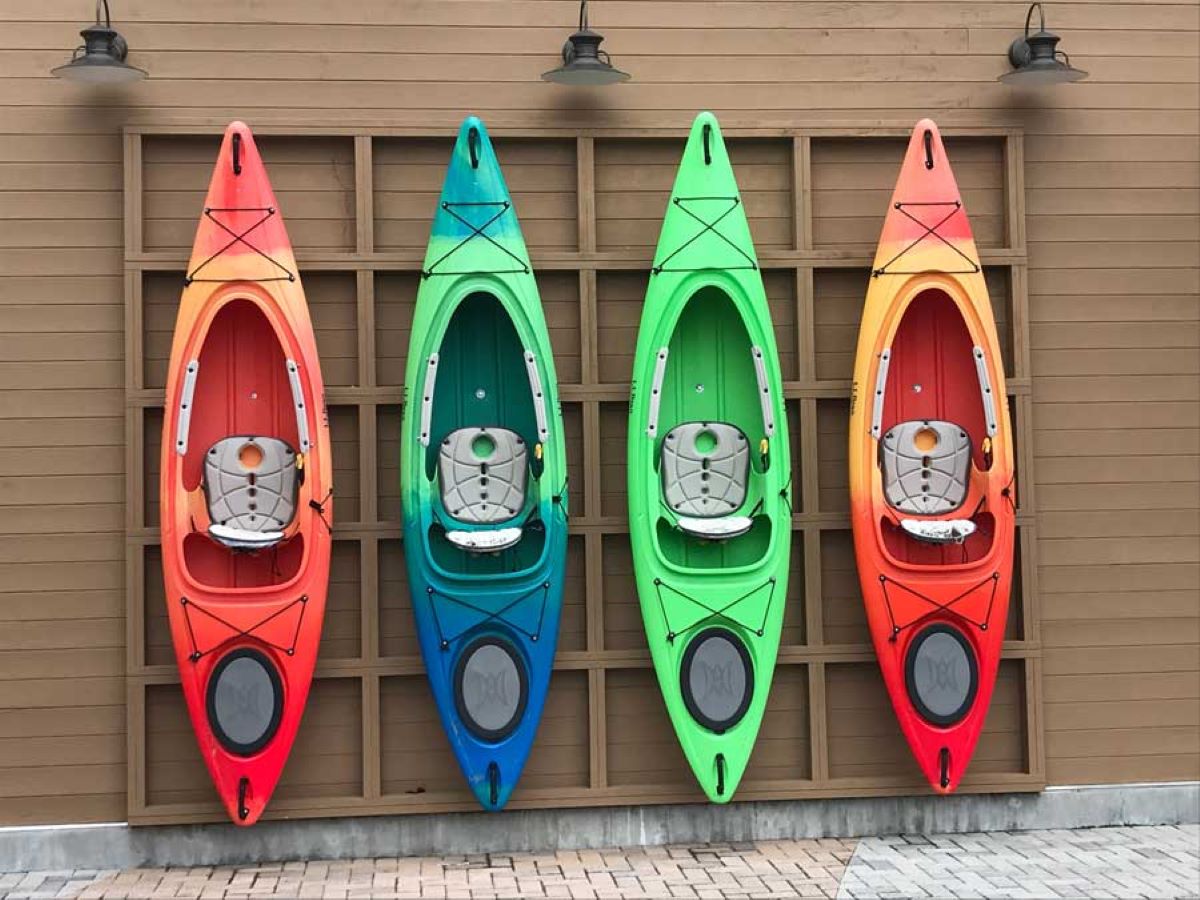
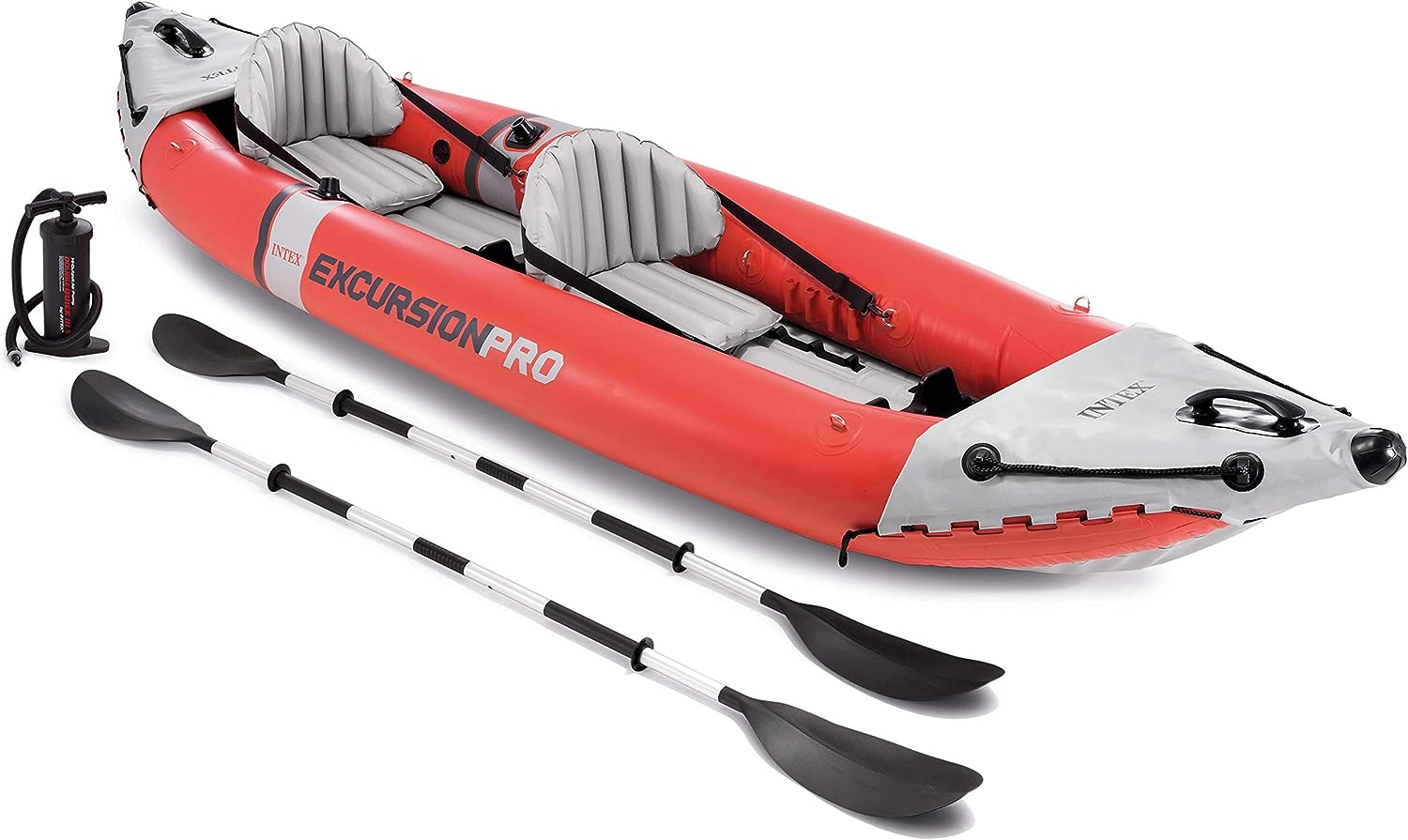
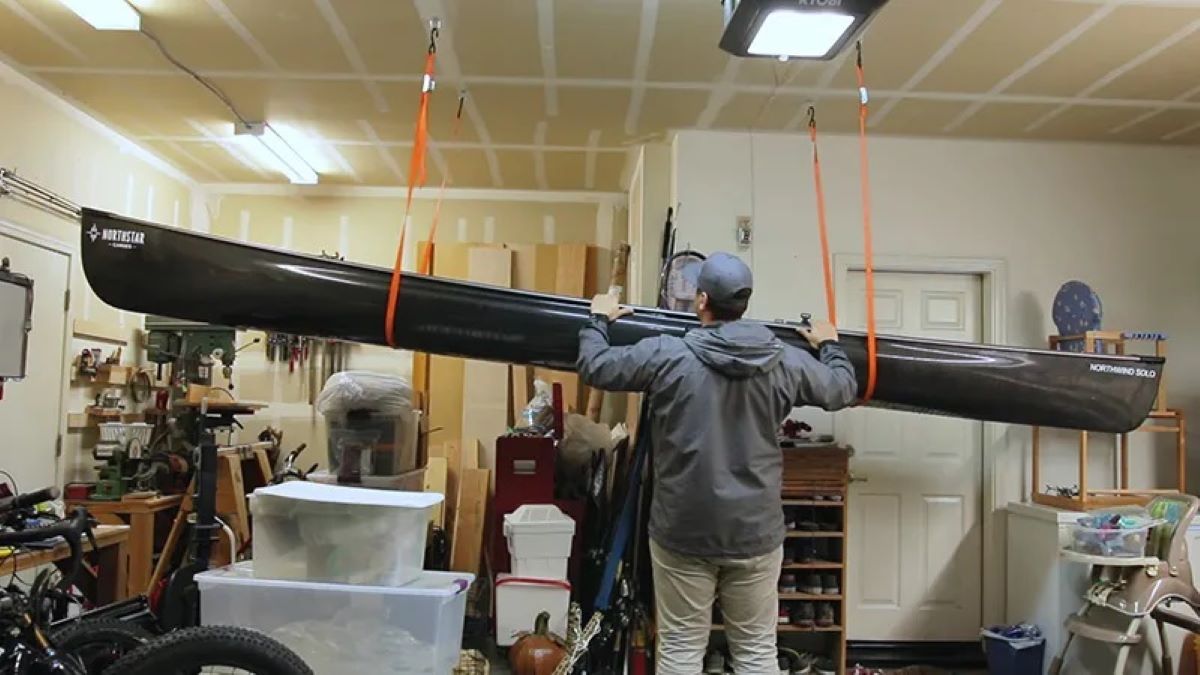
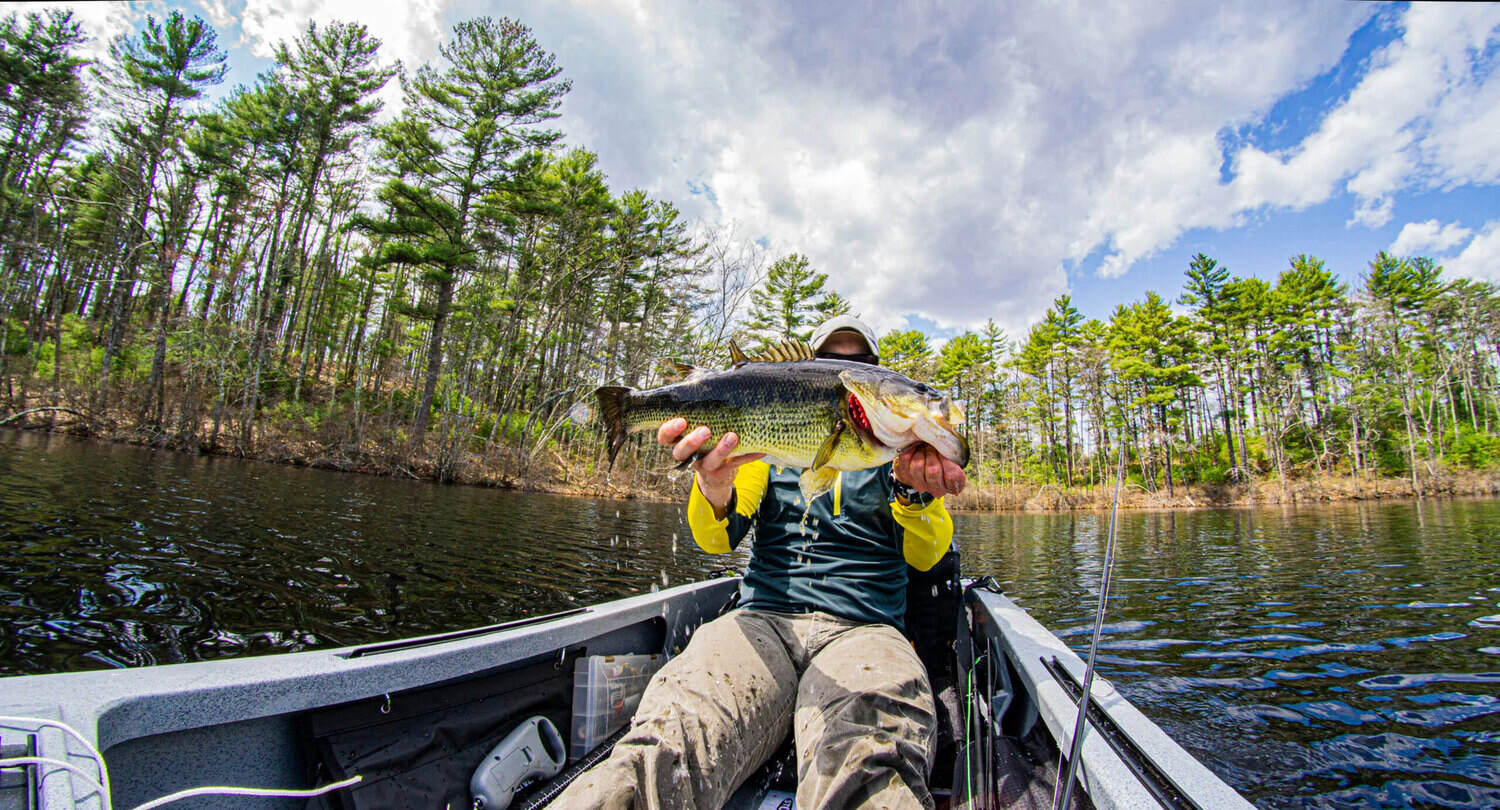
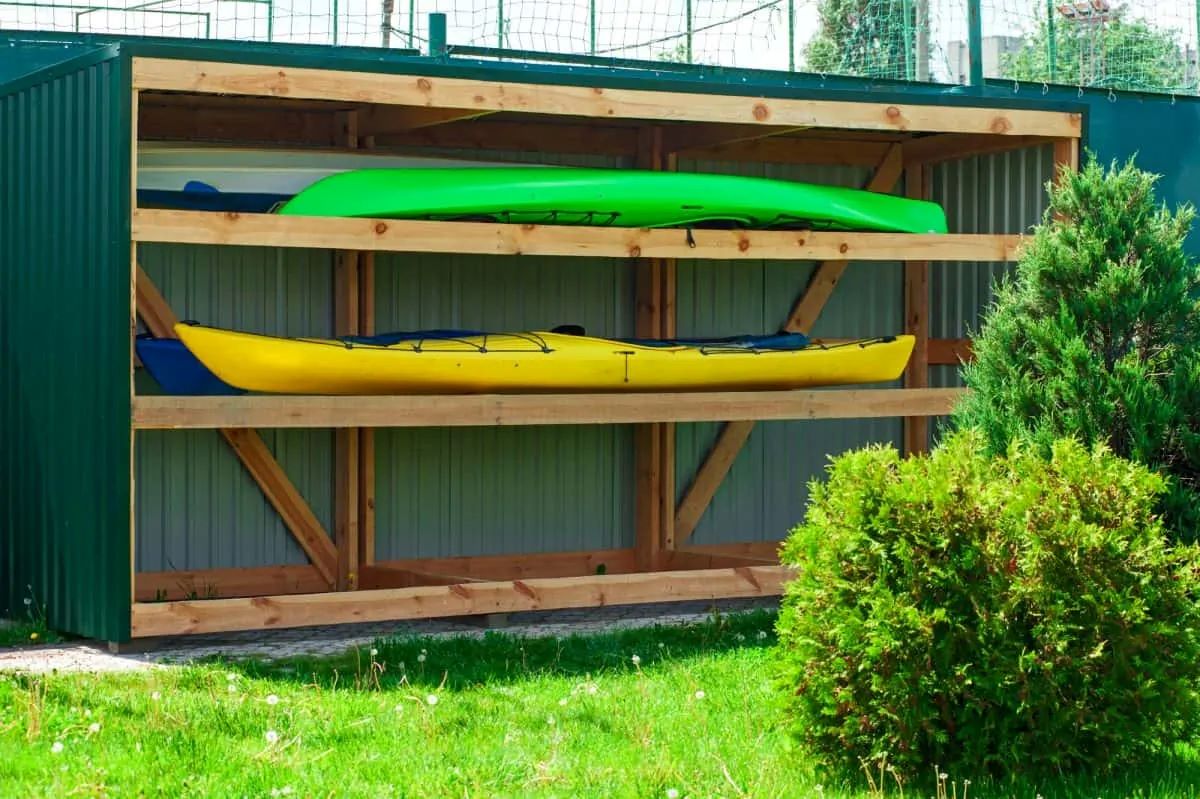
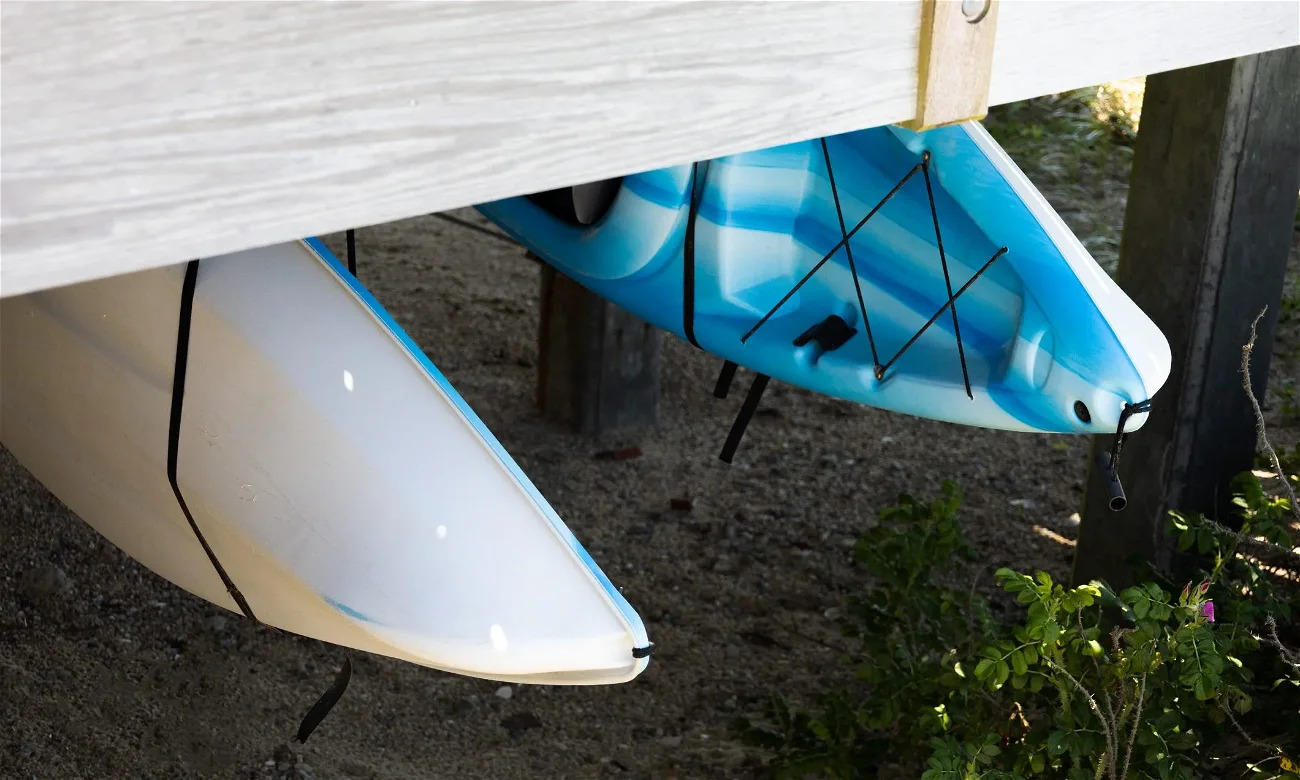
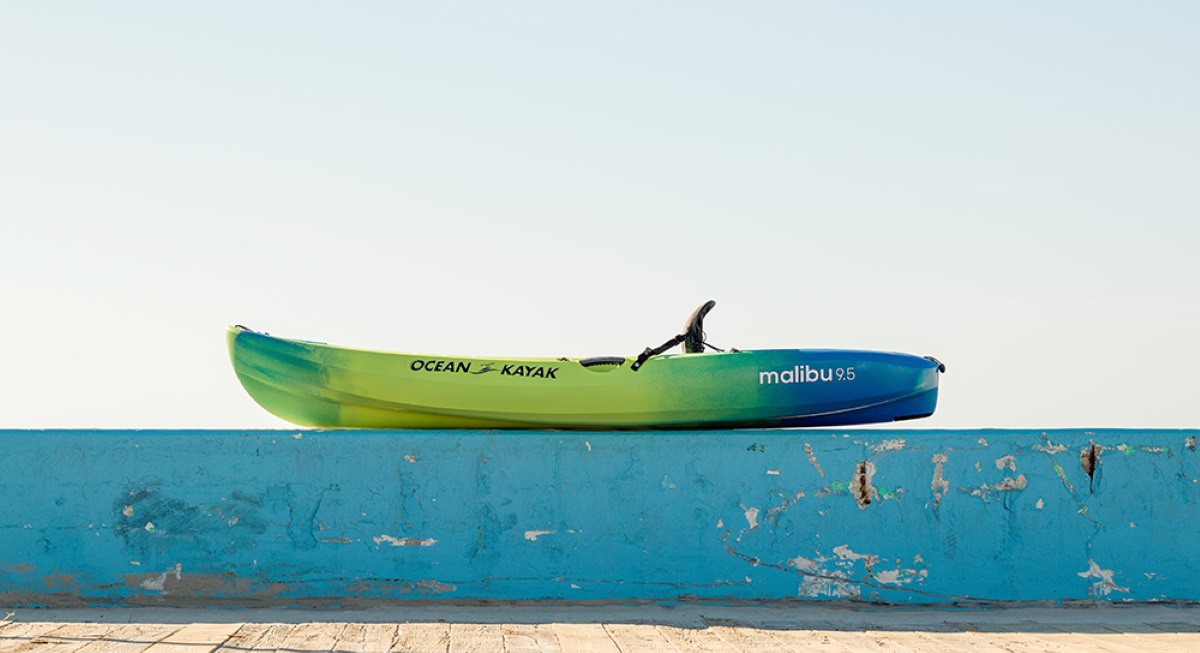
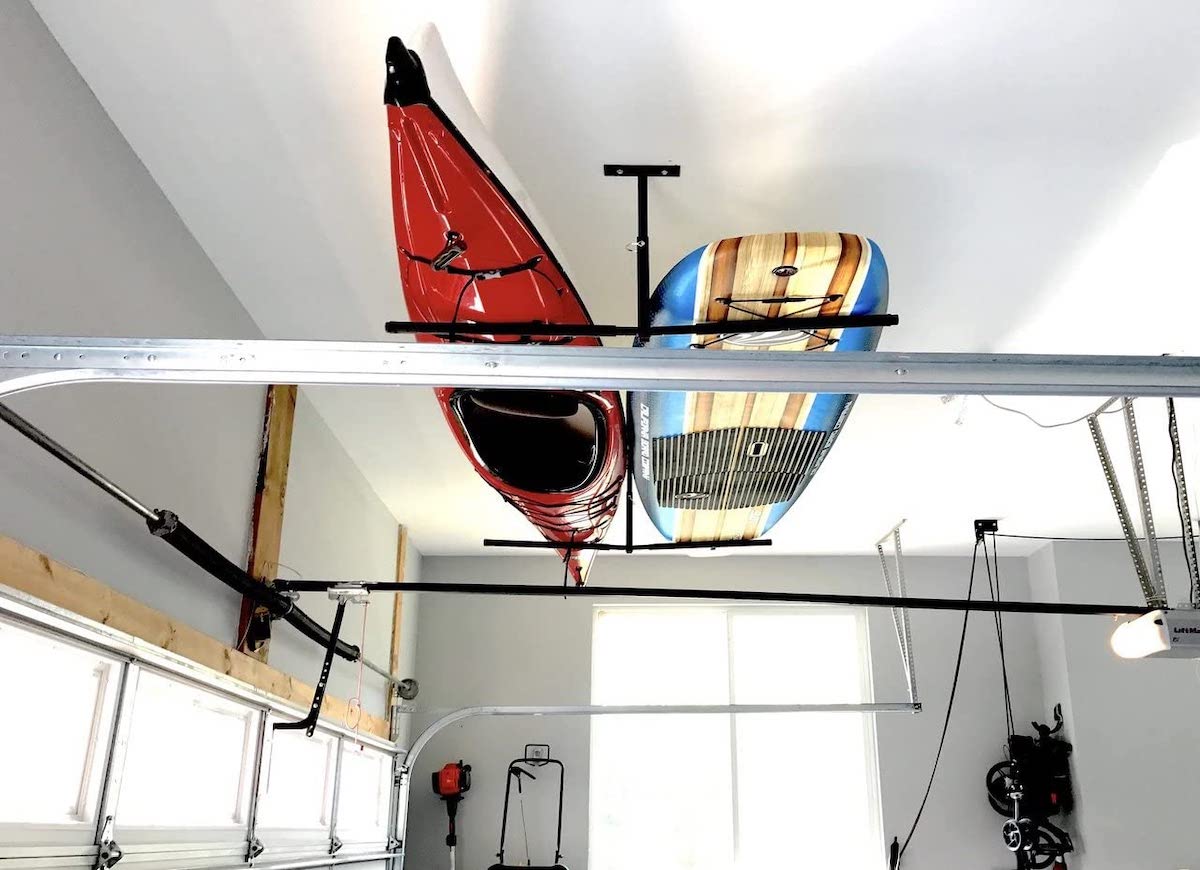
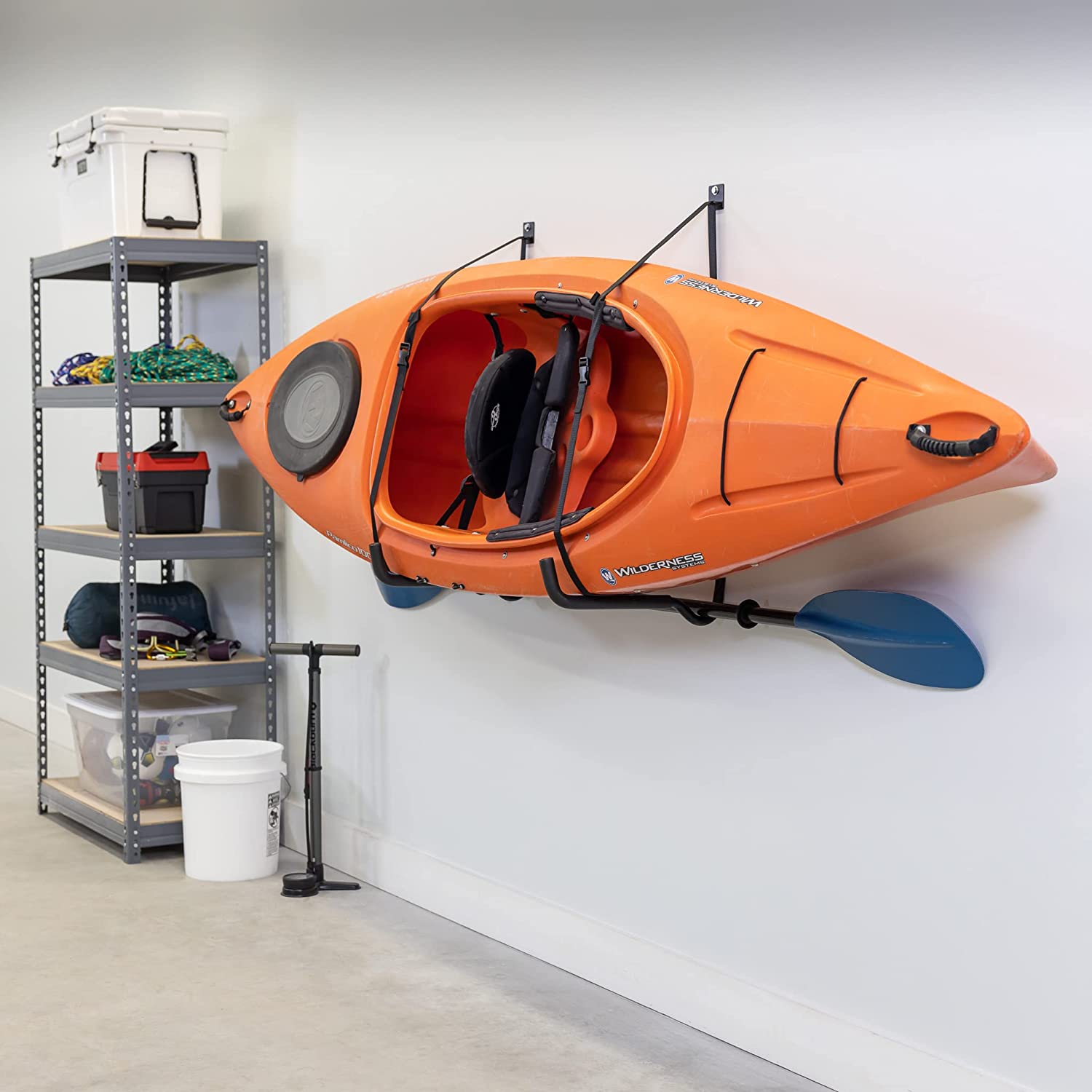
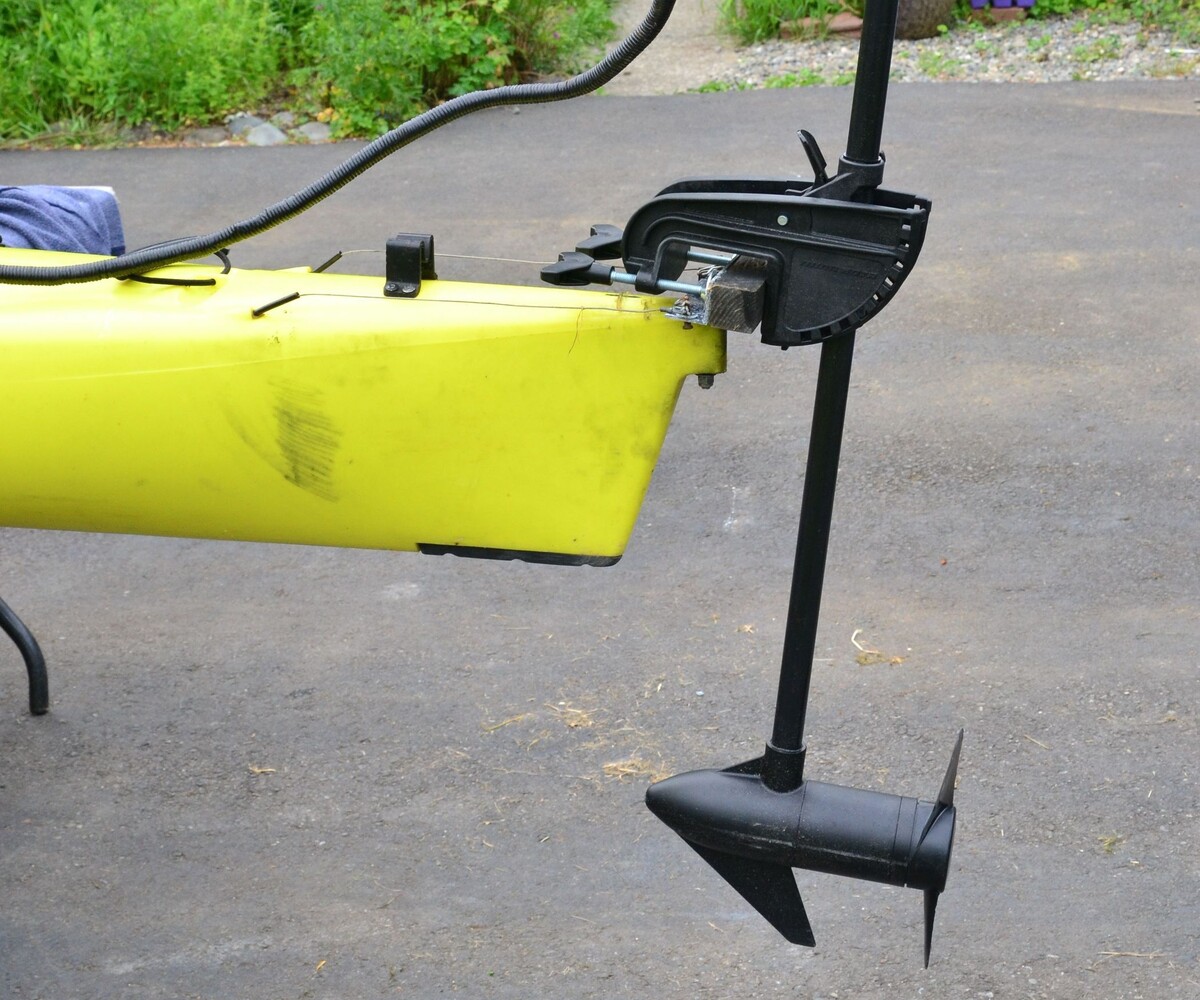
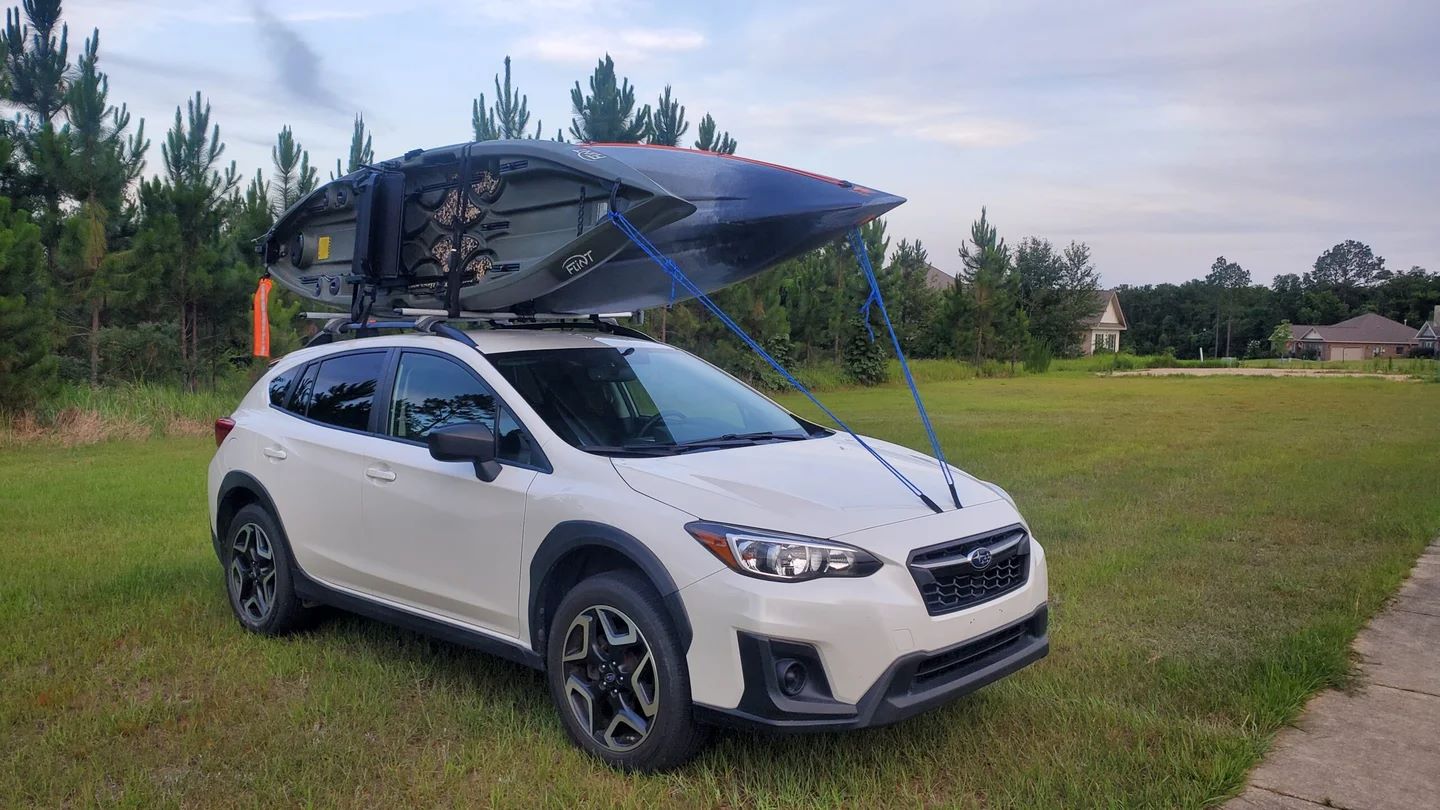




0 thoughts on “How To Store A Hobie Kayak”